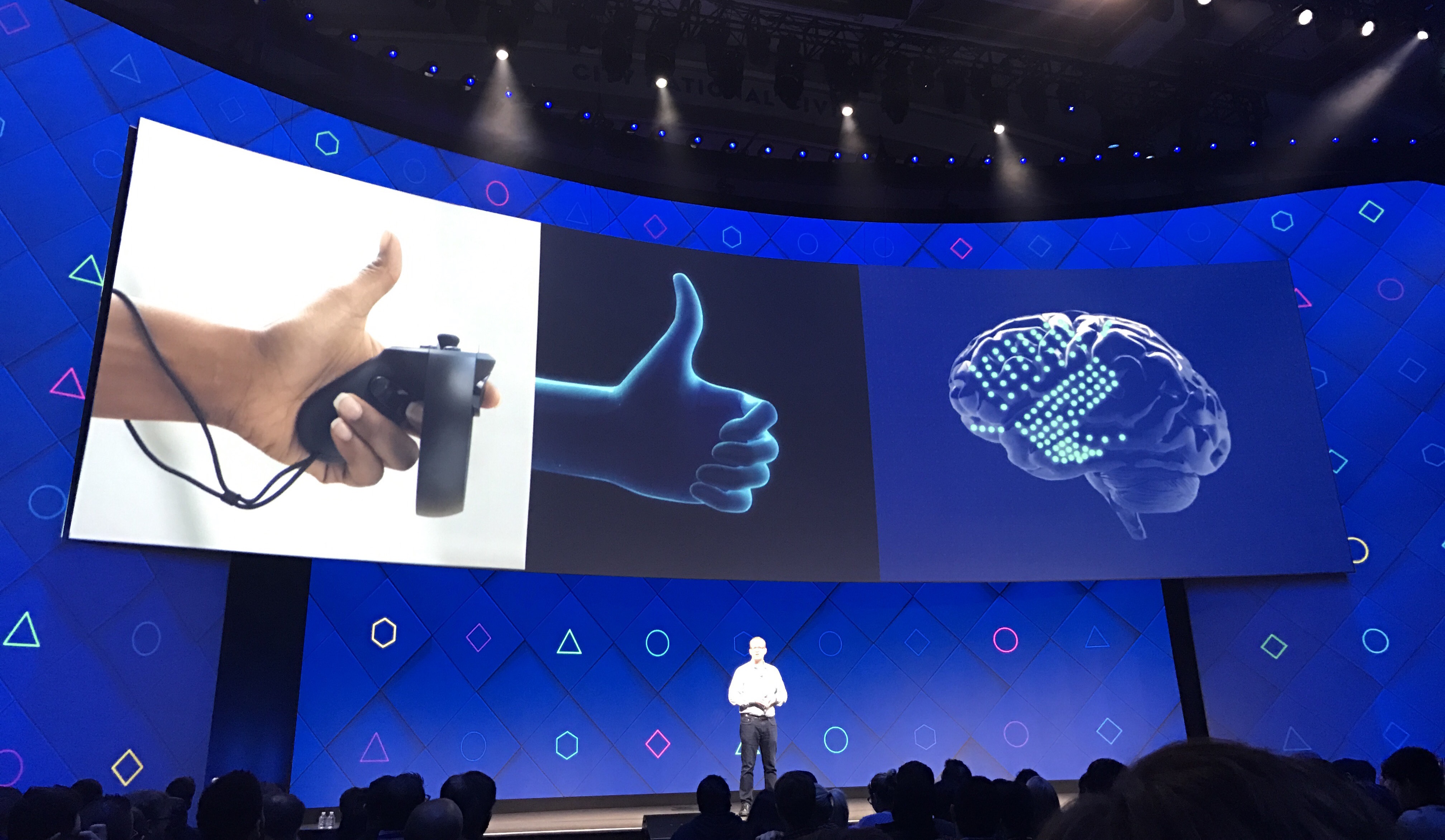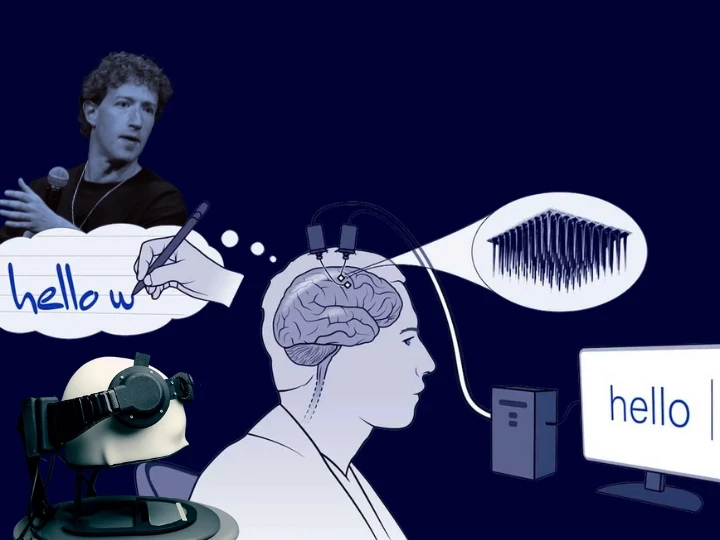Imagine typing with your mind—no keyboard, no screen, just pure thought. Back in 2017, Facebook, now known as Meta, teased a future where a brain-reading hat would allow you to send messages just by thinking.
Fast forward to today, and the company has made substantial progress, though with some rather hefty trade-offs. Meta's new brain typing project is not the sci-fi dream many envisioned, but it's undeniably impressive.

While the technology won’t be hitting the consumer market anytime soon, its potential to influence future AI development is enormous.
The Vision and Reality Behind Meta’s Brain Typing System
Mark Zuckerberg’s 2017 announcement about a brain-reading hat that could type for you sparked plenty of excitement. Yet, what Meta's researchers have developed is far from a commercial product.
Instead, it's a complex, lab-bound system that costs $2 million, weighs half a ton, and won’t be leaving the lab anytime soon. Still, the breakthrough is an achievement in itself.

Meta's neuroscience and AI researchers have successfully mapped how people’s brains respond to typing, using a non-invasive technique to track brain activity from outside the skull.
The brain signals are then processed through a deep neural network, which can interpret the mental activity associated with specific keystrokes. This research, described in two papers posted to arXiv, is groundbreaking because it uses a magnetic scanner to measure brain signals, enabling the system to “read” typing thoughts with impressive accuracy.
The Magic Behind Meta’s Brain2Qwerty System
The system, known as Brain2Qwerty, can determine what letter a skilled typist is mentally pressing up to 80% of the time—an accuracy level high enough to reconstruct full sentences directly from brain signals.
Jean-Rémi King, who leads Meta's “Brain & AI” research team, explained, “As we’ve seen time and again, deep neural networks can uncover remarkable insights when paired with robust data.” This means the system is able to correlate specific brain patterns to letters, making it possible to type thoughts without physically pressing a key.
However, don’t expect to be able to use this technology at home anytime soon. The magnetoencephalography (MEG) scanner used to capture brain signals requires a massive, expensive setup, including a shielded room to block out the Earth's much stronger magnetic field. The device is similar to an MRI machine, but it’s suspended over a user’s head, making it impractical for daily use.
In fact, King himself points out the significant challenges of developing products based on this technology: “Our effort is not at all towards products,” he said. “In fact, my message is always to say I don’t think there is a path for products because it’s too difficult.”
A Look Behind the Scenes
The research, carried out with 35 volunteers in Spain at the Basque Center on Cognition, Brain, and Language, required participants to spend around 20 hours in the MEG scanner while typing phrases in Spanish, such as “el procesador ejecuta la instrucción” (the processor executes the instruction).
During these sessions, the brain signals were fed into Meta’s deep-learning system, Brain2Qwerty, to teach the system how to interpret the signals as specific keystrokes.
The deep-learning model was trained on thousands of characters typed by each individual volunteer, helping the system identify patterns in brain signals related to specific letters. This process is a significant leap forward in the development of non-invasive brain-computer interfaces.
The Future of Brain-Reading Technology

Though Meta’s brain-reading technology won’t be available as a consumer product, the research lays the foundation for further advancements in AI and neuroscience. Understanding the principles behind human intelligence is crucial for developing more sophisticated machine learning algorithms.
"Trying to understand the precise architecture or principles of the human brain could be a way to inform the development of machine intelligence," said King.
The implications for AI are vast. While traditional brain-computer interfaces (BCIs) that use electrodes implanted in the brain can offer more precise results, they come with significant risks, such as the need for surgery.
These invasive BCIs are already showing promise in real-world applications, like helping people with ALS communicate via brain signals. Neuralink, founded by Elon Musk, is also working on similar technology that gives paralyzed individuals control over devices like cursors through brain implants.
Language, King notes, has become a foundational element of AI, and decoding how the brain processes language will help inform the development of AI systems that can understand and generate language more naturally.
The Road Ahead for Meta’s Research
While the brain-reading hat may have been scrapped, Meta's ongoing research into brain signals and artificial intelligence remains a critical part of its long-term vision. Despite the challenges, King and his team continue to push the boundaries of what AI and neuroscience can achieve together.
The goal isn’t to create a consumer product but to deepen our understanding of how the human brain works in order to create more intelligent and capable machines.
It’s clear that Meta is not just looking to create new products, but to innovate in ways that could shape the future of AI.

Even though a practical brain-typing system is years, if not decades, away, this research could pave the way for groundbreaking advancements in human-computer interaction and AI systems.
Meta’s brain-reading technology might not be a product that you’ll be using to type your next message, but its potential to influence both neuroscience and AI is undeniable.
With research like this, Meta is laying the groundwork for a future where AI systems can think and reason more like humans, all while deepening our understanding of how the brain works. In the meantime, though, we can expect these kinds of breakthroughs to stay confined to labs, with long-term goals far beyond consumer products.









COMMENTS
Comments are moderated and generally will be posted if they are on-topic and not abusive.
For more information, please see our Comments FAQ